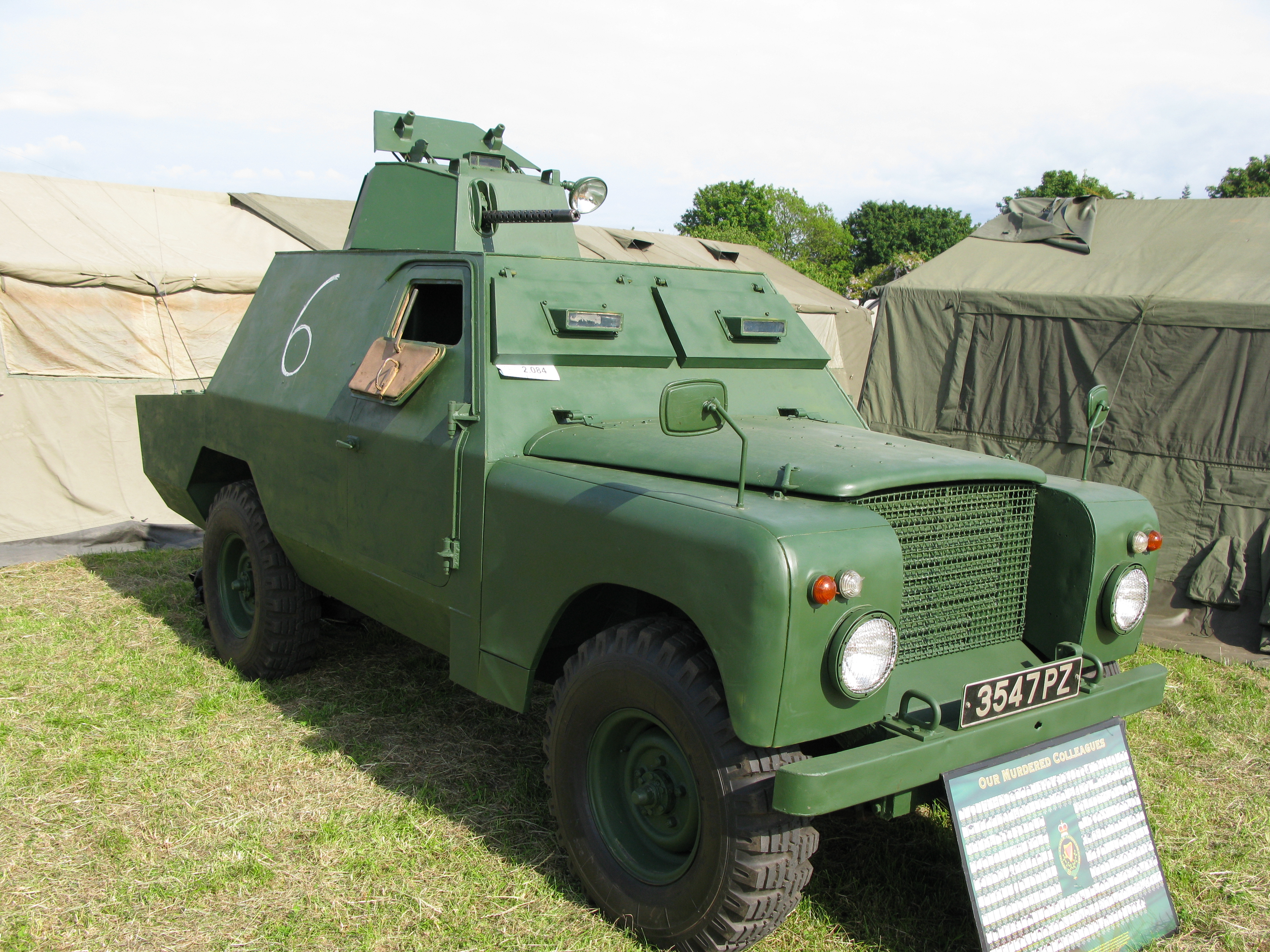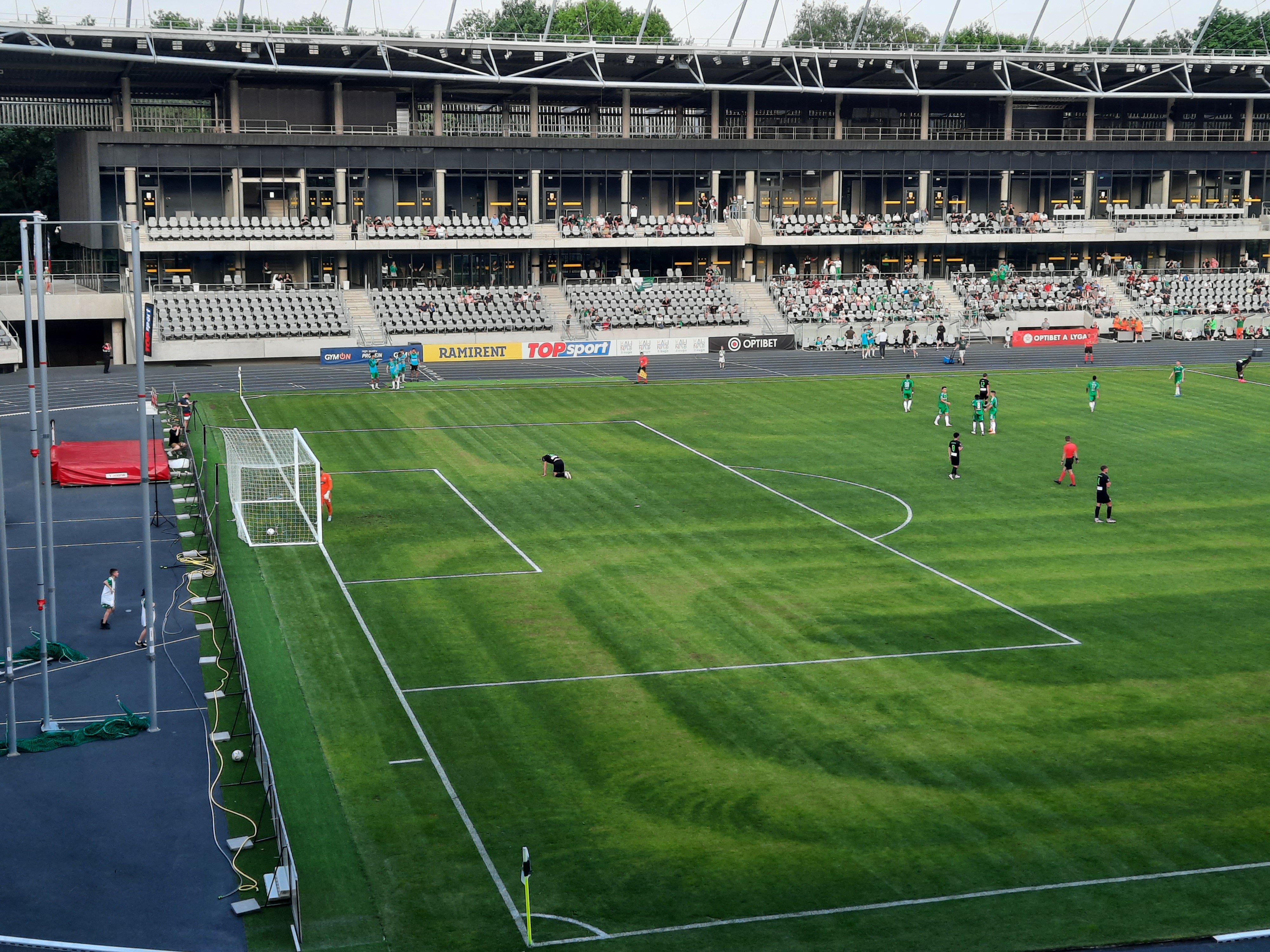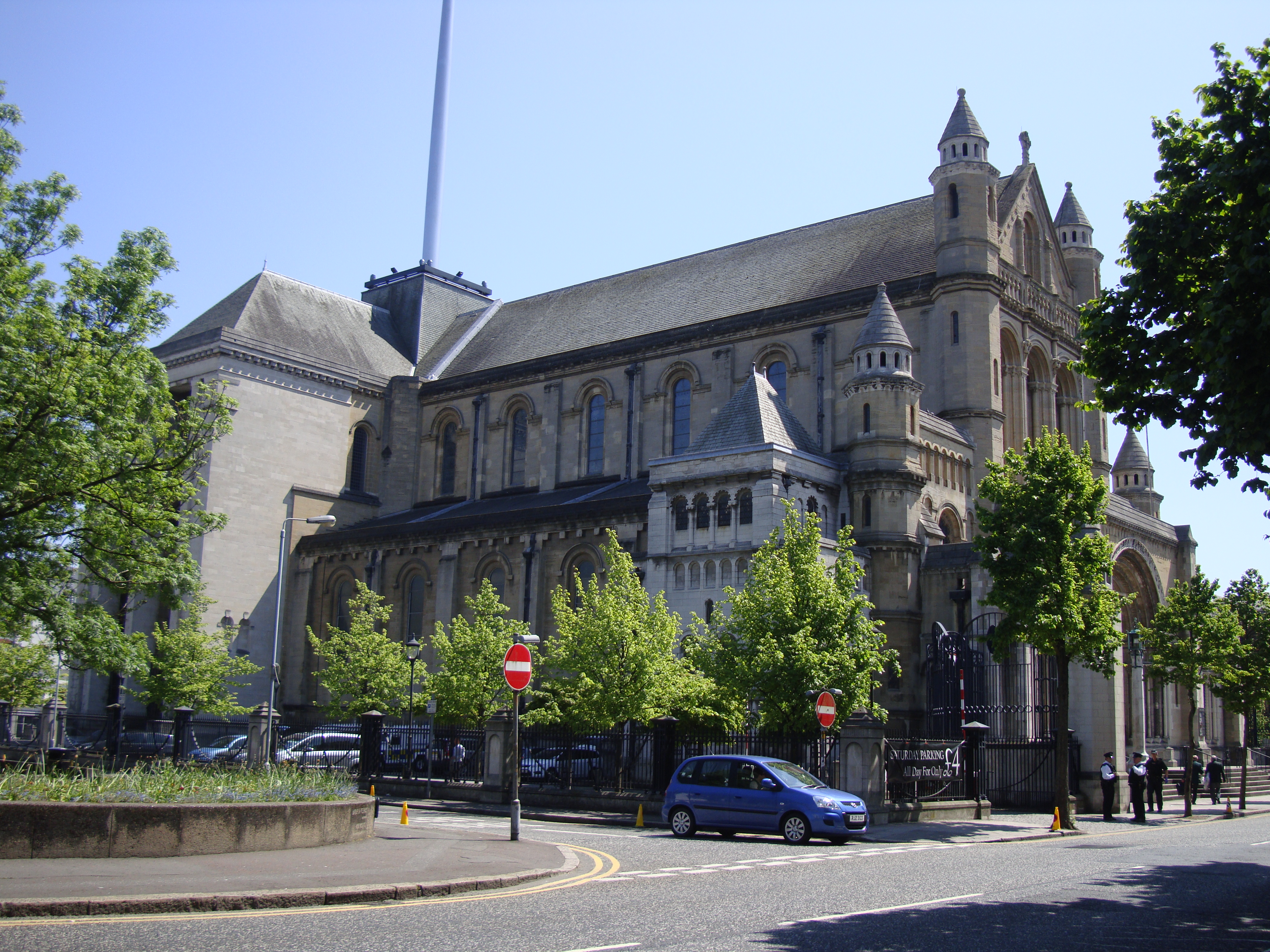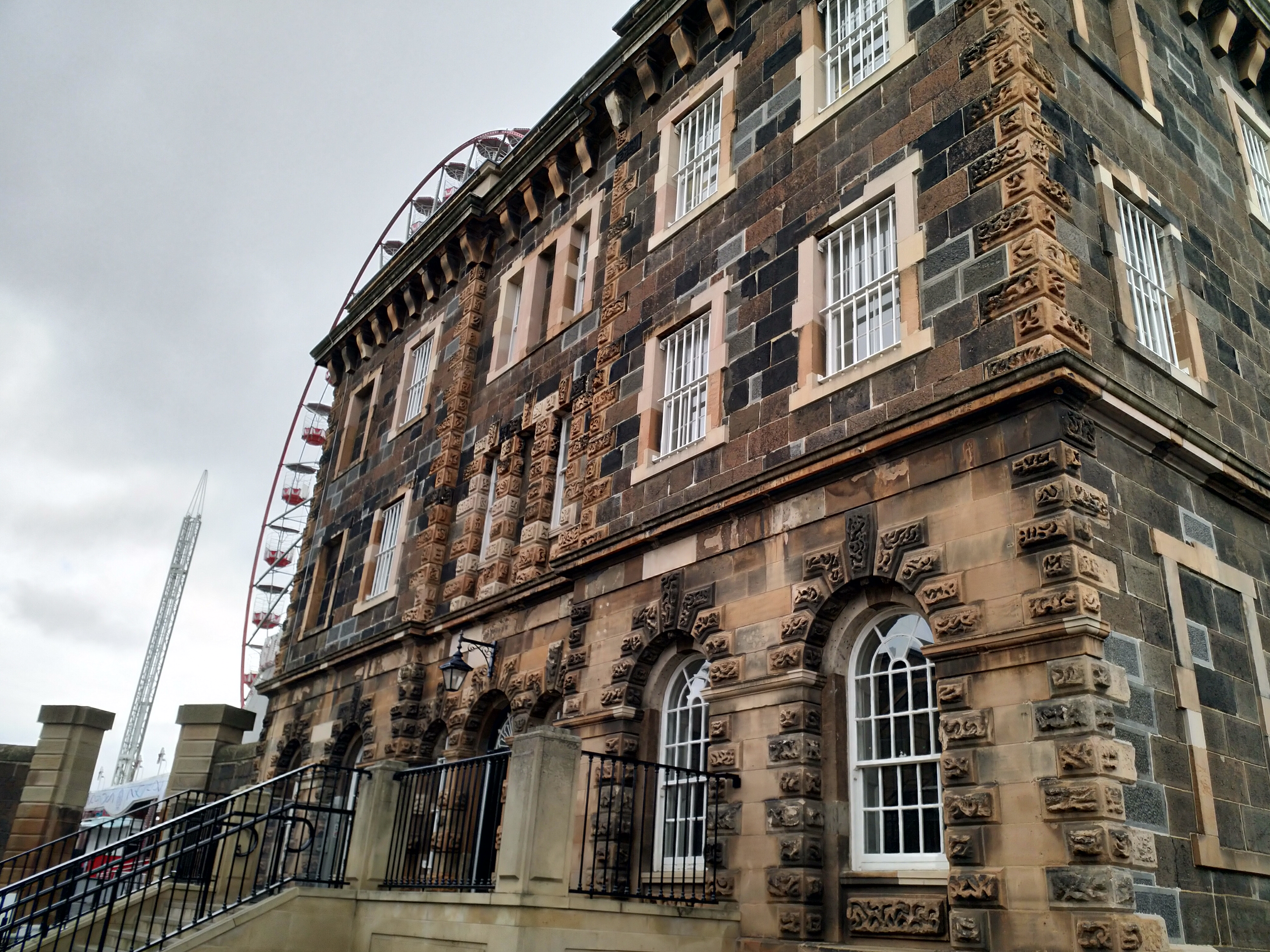|
McGurk's Bar Bombing
On 4 December 1971, the Ulster Volunteer Force (UVF), an Ulster loyalist paramilitary group, detonated a bomb at McGurk's Bar in Belfast, Northern Ireland, frequented by Irish Catholics–nationalists. The explosion caused the building to collapse, killing fifteen Catholic civilians—including two children—and wounding seventeen more. It was the deadliest attack in Belfast during the Troubles. Despite evidence to the contrary, the British security forces asserted that a bomb had exploded prematurely while being handled by Irish Republican Army (IRA) members inside the pub, implying that the victims themselves were partly to blame. A report later found that the Royal Ulster Constabulary, the police force in Northern Ireland at the time, were biased in favour of this view and that this hindered their investigation. The victims' relatives allege that the security forces deliberately spread disinformation to discredit the IRA. In 1977, UVF member Robert Campbell was sentenced to l ... [...More Info...] [...Related Items...] OR: [Wikipedia] [Google] [Baidu] |
The Troubles
The Troubles () were an ethno-nationalist conflict in Northern Ireland that lasted for about 30 years from the late 1960s to 1998. Also known internationally as the Northern Ireland conflict, it began in the late 1960s and is usually deemed to have ended with the Good Friday Agreement of 1998. Although the Troubles mostly took place in Northern Ireland, at times violence spilled over into parts of the Republic of Ireland, England, and mainland Europe. Sometimes described as an Asymmetric warfare, asymmetric or Irregular warfare, irregular war or a low-intensity conflict, the Troubles were a political and nationalistic struggle fueled by historical events, with a strong Ethnic conflict, ethnic and sectarian dimension, fought over the Partition of Ireland, status of Northern Ireland. Unionism in Ireland, Unionists and Ulster loyalism, loyalists, who for Plantation of Ulster, historical reasons were mostly Ulster Protestants, wanted Northern Ireland to remain within the United Ki ... [...More Info...] [...Related Items...] OR: [Wikipedia] [Google] [Baidu] |
1969 Northern Ireland Riots
During 12–16 August 1969, there was an outbreak of political and sectarian violence throughout Northern Ireland, which is often seen as the beginning of the thirty-year conflict known as the Troubles. There had been sporadic violence throughout the year arising out of the Northern Ireland civil rights campaign, which demanded an end to discrimination against Catholics and Irish nationalists. Civil rights marches had been attacked by Protestant loyalists, and protesters often clashed with the Royal Ulster Constabulary (RUC), the overwhelmingly Protestant police force. On 12 August, the Battle of the Bogside erupted in Derry: three days of fierce clashes between the RUC and thousands of Catholic/nationalist residents of Derry's Bogside district. The besieged residents built barricades and set up first aid posts and workshops for making petrol bombs. Police fired CS gas at rioters for the first time in the history of the UK. In support of the Bogsiders, on 13 August Catholic ... [...More Info...] [...Related Items...] OR: [Wikipedia] [Google] [Baidu] |
Intelligence Corps (United Kingdom)
The Intelligence Corps (Int Corps) is a corps of the British Army. It is responsible for gathering, analysing and disseminating military intelligence and also for counter-intelligence and security. The Director of the Intelligence Corps is a brigadier. History 1814–1914 In the 19th century, British intelligence work was undertaken by the Intelligence Department of the War Office. An important figure was Charles William Wilson, Sir Charles Wilson, a Royal Engineer who successfully pushed for reform of the War Office's treatment of topographical work. In the early 1900s intelligence gathering was becoming better understood, to the point where a counter-intelligence organisation (MI5) was formed by the Directorate of Military Intelligence (United Kingdom), Directorate of Military Intelligence (DoMI) under Captain (later Major-General) Vernon Kell; overseas intelligence gathering began in 1912 by Secret Intelligence Service, MI6 under Commander (later Captain) Mansfield Smith-Cum ... [...More Info...] [...Related Items...] OR: [Wikipedia] [Google] [Baidu] |
Own Goal
An own goal occurs in sports when a player performs actions that result in scoring points for the opposition, such as when a Association football, footballer puts a ball into their own net. In some parts of the world, the term has become a metaphor for ''any'' action that backfires on the person or group undertaking it, sometimes even carrying a sense of "poetic justice". During The Troubles, for instance, it acquired a specific metaphorical meaning in Belfast, referring to an IED (improvised explosive device) that detonated prematurely, killing the person making or handling the bomb with the intent to harm others. A player trying to Match fixing, throw a game might deliberately attempt an own goal. Such players run the risk of being sanctioned or banned from further play. Association football In association football, an own goal occurs when a player causes the ball to go into their own team's Goal (sport), goal, resulting in a Scoring in association football, goal being scor ... [...More Info...] [...Related Items...] OR: [Wikipedia] [Google] [Baidu] |
Orange Order
The Loyal Orange Institution, commonly known as the Orange Order, is an international Protestant fraternal order based in Northern Ireland and primarily associated with Ulster Protestants. It also has lodges in England, Grand Orange Lodge of Scotland, Scotland, Wales and the Republic of Ireland, as well as in parts of the Commonwealth of Nations and the United States. The Orange Order was founded by Ulster Protestants in County Armagh in 1795, during a Armagh disturbances, period of Protestant–Catholic sectarian conflict, as a fraternity sworn to maintain the Protestant Ascendancy in Ireland. The all-island Grand Orange Lodge of Ireland was established in 1798. Its name is a tribute to the Dutch-born Protestant king William III of England, William of Orange, who defeated the Catholic English king James II of England, James II in the Williamite War in Ireland, Williamite–Jacobite War (16891691). The Order is best known for its Orange walk, yearly marches, the biggest of whi ... [...More Info...] [...Related Items...] OR: [Wikipedia] [Google] [Baidu] |
St Anne's Cathedral, Belfast
Belfast Cathedral, () also known as St Anne's Cathedral (), is a Romanesque architecture, Romanesque-style Church of Ireland, Anglican cathedral in Donegall Street, Belfast, Northern Ireland. It is unusual in serving two separate dioceses (Diocese of Connor (Church of Ireland), Connor and Diocese of Down and Dromore (Church of Ireland), Down and Dromore). It is the focal point of Belfast's Cathedral Quarter, Belfast, Cathedral Quarter. History The first architect was Sir Thomas Drew, the foundation stone being laid on 6 September 1899 by the Constance Ashley-Cooper, Countess of Shaftesbury, Countess of Shaftesbury. The old parish church of Saint Anne, St Anne by Francis Hiorne of 1776 had continued in use, up until 31 December 1903, while the new cathedral was constructed around it; the old church was then demolished. The Good Samaritan window, to be seen in the sanctuary, is the only feature of the old church to be retained in the cathedral. Initially, only the nave of t ... [...More Info...] [...Related Items...] OR: [Wikipedia] [Google] [Baidu] |
Interface Area
Interface area is the name given in Northern Ireland to areas where segregated nationalist and unionist residential areas meet. They have been defined as "the intersection of segregated and polarised working class residential zones, in areas with a strong link between territory and ethno-political identity". Characteristics Interface areas are sometimes bounded by the defensive barriers known as peace lines, and can be identified at their perimeter by painted kerbs or flags, demarcating the territorial affiliation of the area. However, this is not always the case, so people not local to the area are not always aware of the existence of interface areas. They are sometimes the sites of sectarian violence, when they have become known as "flashpoints". Key interface areas North Belfast North Belfast is home to a number of interface areas. One of the most famous is Holy Cross in the Ardoyne area of Belfast, which was the site of significant disputes in 2001 and 2002. Another ... [...More Info...] [...Related Items...] OR: [Wikipedia] [Google] [Baidu] |
Porch
A porch (; , ) is a room or gallery located in front of an entrance to a building. A porch is placed in front of the façade of a building it commands, and forms a low front. Alternatively, it may be a vestibule (architecture), vestibule (a small room leading into a larger space) or a projecting building that houses the entrance door of a building. Porches exist in both sacral architecture, religious and secular architecture. There are various styles of porches, many of which depend on the architectural tradition of its location. Porches allow for sufficient space for a person to comfortably pause before entering or after exiting a building, or to relax on. Many porches are open on the outward side with baluster, balustrade supported by balusters that usually encircles the entire porch except where stairs are found. The word ''porch'' is almost exclusively used for a structure that is outside the main walls of a building or house. Porches can exist under the same roof line as ... [...More Info...] [...Related Items...] OR: [Wikipedia] [Google] [Baidu] |
Belfast Telegraph
The ''Belfast Telegraph'' is a daily newspaper published in Belfast, Northern Ireland, by Independent News & Media, which also publishes the Irish Independent, the Sunday Independent and various other newspapers and magazines in Ireland. Its editor is Eoin Brannigan. Reflecting its unionist tradition, the paper has historically been "favoured by the Protestant population", while also being read within Catholic nationalist communities in Northern Ireland. It has been owned by Independent News and Media, a Dublin-based media company, since 2000, and is the company's only print title outside of the Republic of Ireland. History It was first published as the ''Belfast Evening Telegraph'' on 1 September 1870 by brothers William and George Baird. Its first edition cost half a penny and ran to four pages covering the Franco-Prussian War and local news. The evening edition of the newspaper was originally called the "Sixth Late", and "Sixth Late Tele" was a familiar cry made by vendo ... [...More Info...] [...Related Items...] OR: [Wikipedia] [Google] [Baidu] |
Shankill Road
The Shankill Road () is one of the main roads leading through West Belfast, in Northern Ireland. It runs through the working-class, predominantly loyalist, area known as the Shankill. The road stretches westwards for about from central Belfast and is lined, to an extent, by shops. The residents live in the many streets which branch off the main road. The area along the Shankill Road forms part of the Court district electoral area. In Ulster-Scots it is known as either ''Auld Kirk Gate'' ("Old Church Way"), or as ''Auld Kirk Raa'' ("Old Church Road"). In Irish, it is known as "" ("the road of the old church"). History The first Shankill residents lived at the bottom of what is now known as Glencairn: a small settlement of ancient people inhabited a ring fort, built where the Ballygomartin and Forth rivers meet. A settlement around the point at which the Shankill Road becomes the Woodvale Road, at the junction with Cambrai Street, was known as Shankill from the Irish ''Sean ... [...More Info...] [...Related Items...] OR: [Wikipedia] [Google] [Baidu] |
Crumlin Road (HM Prison)
HM Prison Belfast, also known as Crumlin Road Gaol, is a former prison situated on the Crumlin Road in north Belfast, Northern Ireland. Since 1996 it is the only remaining Victorian era former prison in Northern Ireland. It is colloquially known as ''the Crum''. The Northern Ireland Environment Agency has given it a grade A listed building status because of its architectural and historical significance. The Crumlin Road Courthouse, derelict since its closure, stands opposite the Gaol with a tunnel under the main road connecting the two buildings and used previously to transport the prisoners between the two buildings. Construction Designed by Charles Lanyon, Sir Charles Lanyon, the prison was built between 1843 and 1845 and cost £60,000. Built as a replacement for the County Gaol on Antrim Street in Carrickfergus, and known as the County Gaol for Antrim, it was constructed of black basalt rock on ten acres at the bottom of the Crumlin Road. Partly based on Her Majesty's Prison ... [...More Info...] [...Related Items...] OR: [Wikipedia] [Google] [Baidu] |





